Global knowledge is soon to double every 12 hours. AR and VR bring it offline. They are neither gimmick nor fad. They are the natural evolution of the internet experience. Let us show you why.
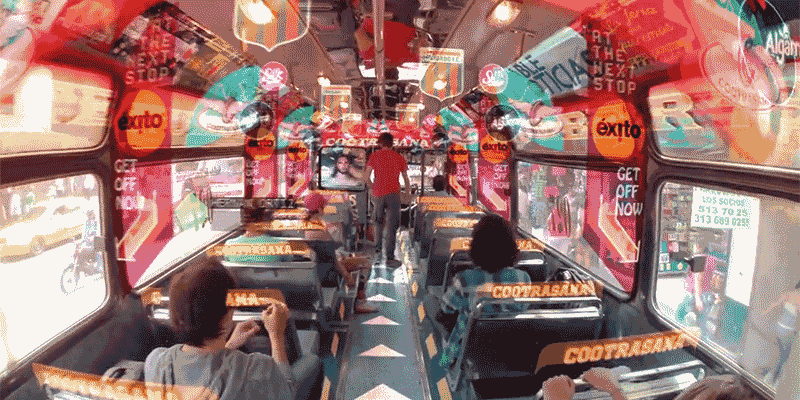
You (yes, you) use the internet every day. The reality is that your life probably depends on it. Your family, friends, education, business, shopping, entertainment — they’re all connected online. Do you know why, though? Let us remind you in under 2 minutes. Then you’ll see why — beyond all the hype — Augmented Reality (AR) and Virtual Reality (VR) are the next phase of how you’ll use the internet.
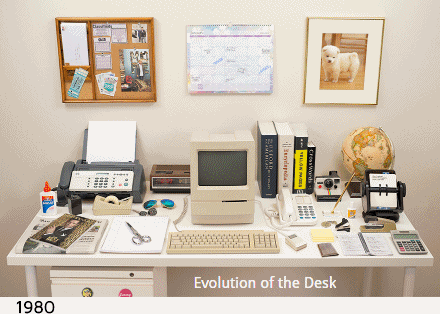 Just getting started.
Just getting started.
People built the internet because we needed to store, move, access, and organize information in a more practical way. The above image gives you a sense of the practicality of digital storage and digital tools. It’s not that we didn’t prefer the physical world — it’s that the physical world just didn’t cut it. Bits take up less space, and move faster, more economically, and more reliably than atoms (the longer the distance, the truer this is). We didn’t have a choice. So we started storing, moving, accessing, and organizing bits of information. The only way to do this was “online”.
Bits take up less space, and move faster, more economically, and more reliably than atoms.
That is all to say, we started creating the seeds of an online world — totally separate from the slow, unreliable offline world, and increasingly used it instead.

That was web 1.0. It was an information-oriented digital network. It was read-only, meaning only privileged individuals could upload to it, and there wasn’t really any way for you to interact with the information you found, or with other users.
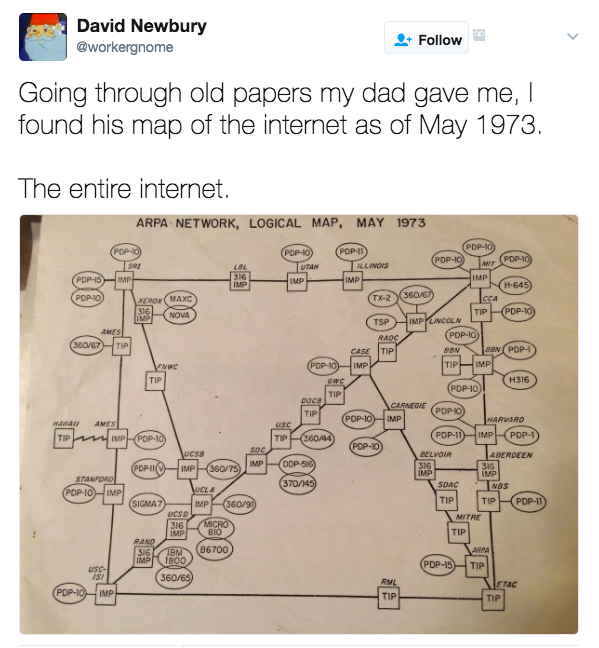 The US Federal Government commissioned the initial research in the ’60s as a more robust way to communicate
The US Federal Government commissioned the initial research in the ’60s as a more robust way to communicate
As that web spread like wildfire across the world, hundreds of millions of users started pouring in. It wasn’t just an information system anymore. People were trying to use it to express themselves, organize themselves, and conduct business. Under the demand, it became read-write: instead of just reading the information, anyone could now contribute and interact with others on the network.
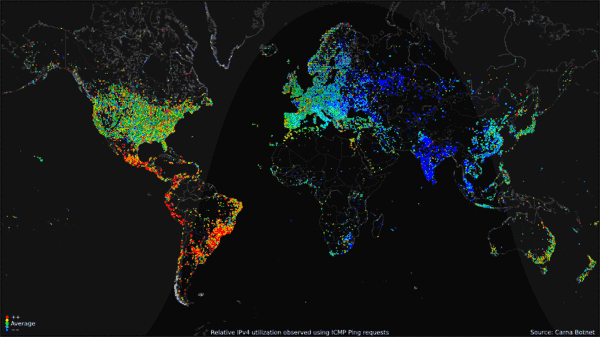 The Carna Botnet was a botnet of 420,000 devices created by hackers to measure the extent of the Internet.
The Carna Botnet was a botnet of 420,000 devices created by hackers to measure the extent of the Internet.
Naturally, it started changing. Now that users had power, the idea of UX (user experience) was paramount: the design and social elements of this web, of all this information, became priorities.
That’s what we use now. That’s Web 2.0. It started taking hold between 2000–2005. Like the consumer-driven real world, it’s also all about us, the user: making sure we like the way it looks, making sure we can express ourselves, making sure we can connect with others, making sure we can really customize it for our own purposes. (For reference, MySpace was founded in 2003, and Facebook in 2004.)
OK, now you’re caught up. So let’s roll into why AR and VR are the inevitable future of the internet and UX.
As the entire civilized world has started using this literal worldwide web, something truly transformative started happening. For the first time, since those earliest days when we started pouring information online, we started seeing the first glimmers of this information being able to tangibly come offline. We started creating technology that allowed all that digital information to start directly interacting with our physical world and experiences.
It started with “SoLoMo” (Social + Local + Mobile) technology, namely mobile apps that used geolocation in social ways, to offer you rewards, give you relevant information, or connect you to users in the area, all relative to the information you had already uploaded/logged. Your offline location was being used to affect your online experience, and vice versa. Foursquare (founded 2009) was the first mainstream example.

Then, in the past 5 years, IoT (Internet of Things) finally went from fringe concept to a mainstream term and technology. As a result, we’re slowly but surely seeing more and more objects in our day-to-day lives becoming “smart”. They are plugged into that same web of information we use, and can learn from it, and interact with us and other “smart” objects in our lives. Imagine every object in your life becoming an internet user like yourself. Yet again, all that online information is increasingly spilling offline and affecting our world.
Walt Mossberg’s column for Recode and Verge — his last after 26 years of covering emerging tech as Editor at both — put it best:
Mossberg: The Disappearing Computer
Walt Mossberg
[…] one result of all this work will be that the technology, the computer inside all these things, will fade into the background. In some cases, it may entirely disappear, waiting to be activated by a voice command, a person entering the room, a change in blood chemistry, a shift in temperature, a motion. […] Your whole home, office and car will be packed with these waiting computers and sensors. But they won’t be in your way, or perhaps even distinguishable as tech devices. This is ambient computing, the transformation of the environment all around us with intelligence and capabilities that don’t seem to be there at all.
An essential and increasingly all-encompassing part of IoT is artificial intelligence. Specifically, that all these different plugged in objects, and the networks we’re part of online, can start learning from our behaviour and making better suggestions and decisions on their own. This learning element of Artificial Intelligence (AI) is called Machine Learning (often shortened as ML).
 H/T Cisco
H/T Cisco
Until now, this reversal has been mostly invisible, or still strongly tethered to a smartphone or appliance screen (like your smart clock). You don’t actually see any of this information directly in the world.
That’s where AR and VR come in.
AR and VR represent, for the first time, the possibility that all that information can be experienced.
Most people don’t realize how staggeringly vast the internet is and, therefore, just how much information there is regarding absolutely every aspect of the world physically around us. Here’s what happens on the internet in a single minute:
Via www.domo.com and their Data Never Sleeps 3.0 Infographic

Global internet traffic in a single year now is approximately equivalent to 72 million years of high definition video. Yes, you read that correctly. 72 million years. The even crazier, more significant stat? Global knowledge is doubling every 12 months, and with IoT IBM estimates that this will accelerate to every 12 hours.
The entirety of global knowledge is already doubling every 12 months, and — thanks to smart objects — is estimated to soon be doubling every 12 hours.
Now, imagine you had the means to see this information instantly, when you needed it, in the context of your physical life. Paired with the helpful AI of all of those smart objects, it would be tantamount to gaining superhuman abilities. As Elon Musk once alluded to, like becoming an oracle.
That’s what AR and VR represent. They are the interface addition that finally begin to fuse online and offline.
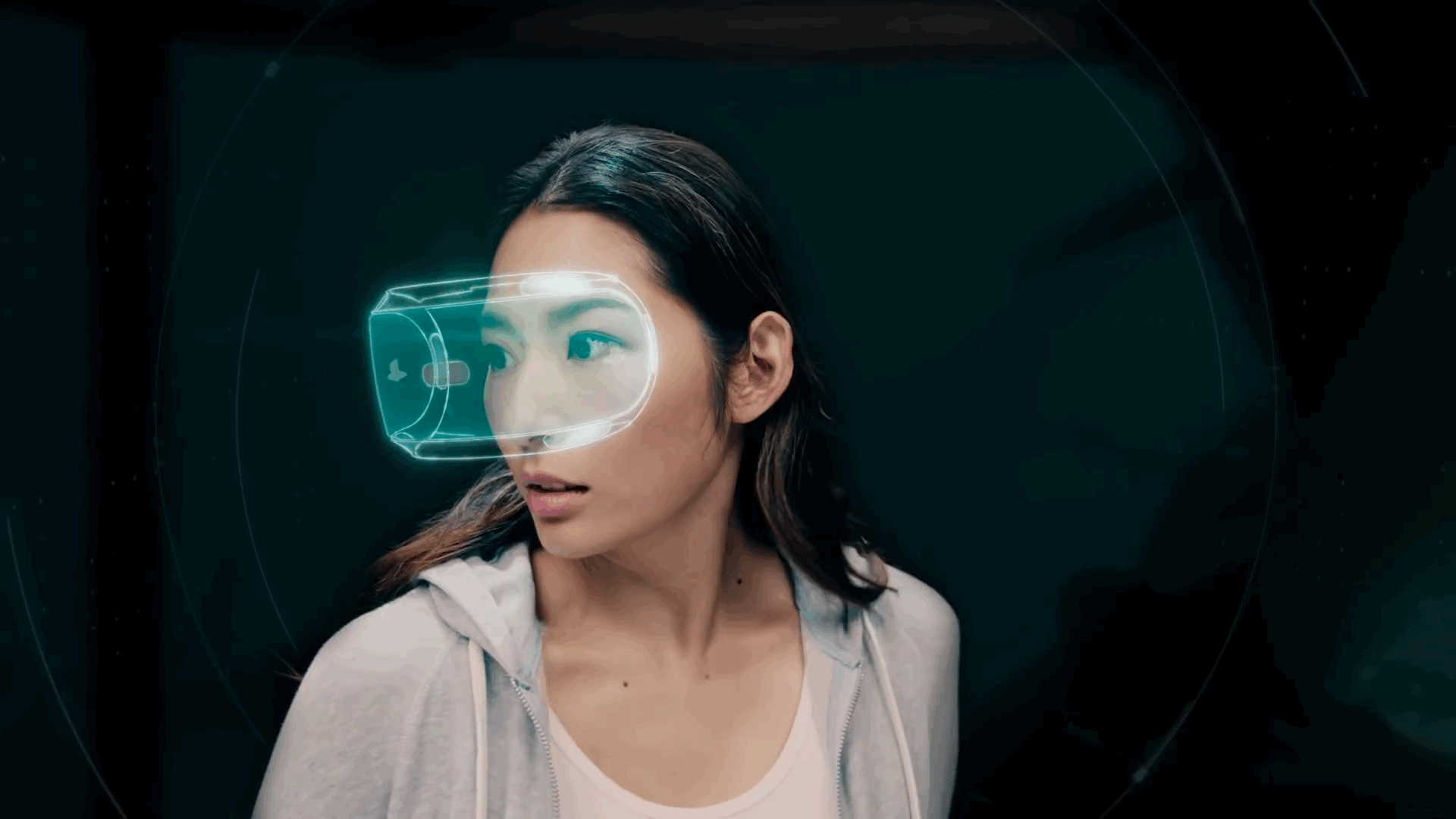
With AR, all of that information can start to be superimposed on our day to day lives, creating previously unthinkable context for our every decision or experience. With VR, we become cybernauts — we can physically dive into the information — swim through pages, experience recordings or explore buildings from far-away lands not as a Youtube video, but as if we were there ourselves. Imagine literally swimming through a universe of your digital footprint, or floating through your own beating heart, in real time. MR — Mixed Reality — takes it one step further: AR that is responsive, where the digital objects overlaid onto our visible reality react to those physical surroundings, effectively blending elements of VR into AR. It all amounts to infinite possibilities that redefine how we interact with and experience information.

 You can already experience what it’s like to be a Redwood tree.
You can already experience what it’s like to be a Redwood tree.
You can practice online recipes seemingly offline in a virtual kitchen.

Or leave your virtual kitchen and travel the world.
 Via the Google Blog
Via the Google Blog
With AR (and MR), you can explore pictures, physically.

…or study digital models of the solar system in real space…

… or witness natural phenomena as if they were taking place within the materials before you.
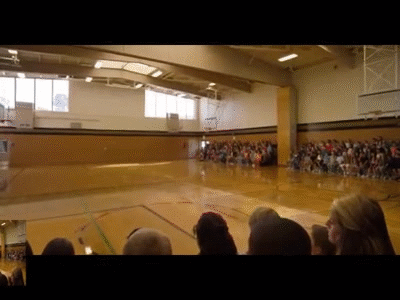 Also via Magic Leap
Also via Magic Leap
More practically, you can streamline how you experience your offline work...
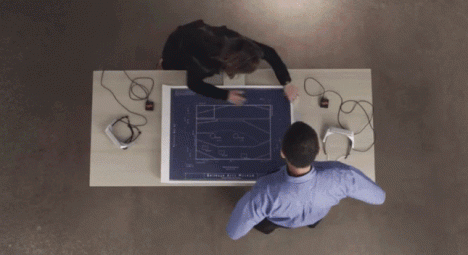
… and meet your far-away friends as if they were in the room with you.
 Microsoft’s incredible “holoportation” technology
Microsoft’s incredible “holoportation” technology
A world of information that was once purely online —one equivalent to 72 million years of video per actual year — can come offline with you.

With AR, instead of designing a model on a screen and imagining how it integrates into our reality, we can create the model in the space we would want it to fill, our gestures moving in space, our design superimposed on the room in real volumes. With VR, instead of watching an archived pro sports game on a screen, we will be able to sit and experience it like we were there front-row inside the arena.
Every piece of information we now take for granted as online, will be able to be experienced very tangibly in dynamic, seemingly offline ways — whether bringing the information into reality (AR), or making the information reality (VR).
And, of course, this is just the beginning. Just as early cellphones seem outrageously clunky and basic compared to the smartphones we wield today, the headsets we are experiencing today will become less and less noticeable, eventually being reduced to a contact lens or an implant — both of which are already in development by multiple well-funded groups, most notably via Elon Musk’s Neuralink venture and Facebook’s Building 8 efforts (typing with your brain, hearing through your skin). Similarly, just as Web 1.0 seems incredibly rudimentary and narrowly focused, the current interfaces and applications of AR and VR will evolve to be much more broadly applicable and have their own design standards and seamless usability. Just as you can type today without looking at your keyboard, so, too, will most internet users interact with AR and VR in a nearly instinctive way that is almost unidentifiable to an untrained observer.

Ultimately, the information we create is only as useful as it is applicable, and application, for the foreseeable future, still comes back to the physical, offline world. Thus, the ultimate evolution of the internet and the information it represents will entirely unpack it from its walled-off realm, and make it fully applicable and physically experienced.
That is the promise of AR and VR, and why they represent the future of the Internet and UX.
Thanks for reading!
Have any thoughts? Ideas? Comments?